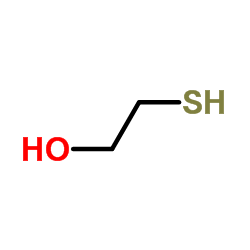| Structure | Name/CAS No. | Articles |
|---|---|---|
 |
sodium chloride
CAS:7647-14-5 |
|
 |
Di-8-ANEPPS
CAS:157134-53-7 |
|
 |
SODIUM CHLORIDE-35 CL
CAS:20510-55-8 |
|
 |
mercaptoethanol
CAS:60-24-2 |
|
 |
Ethylenediaminetetraacetic acid
CAS:60-00-4 |